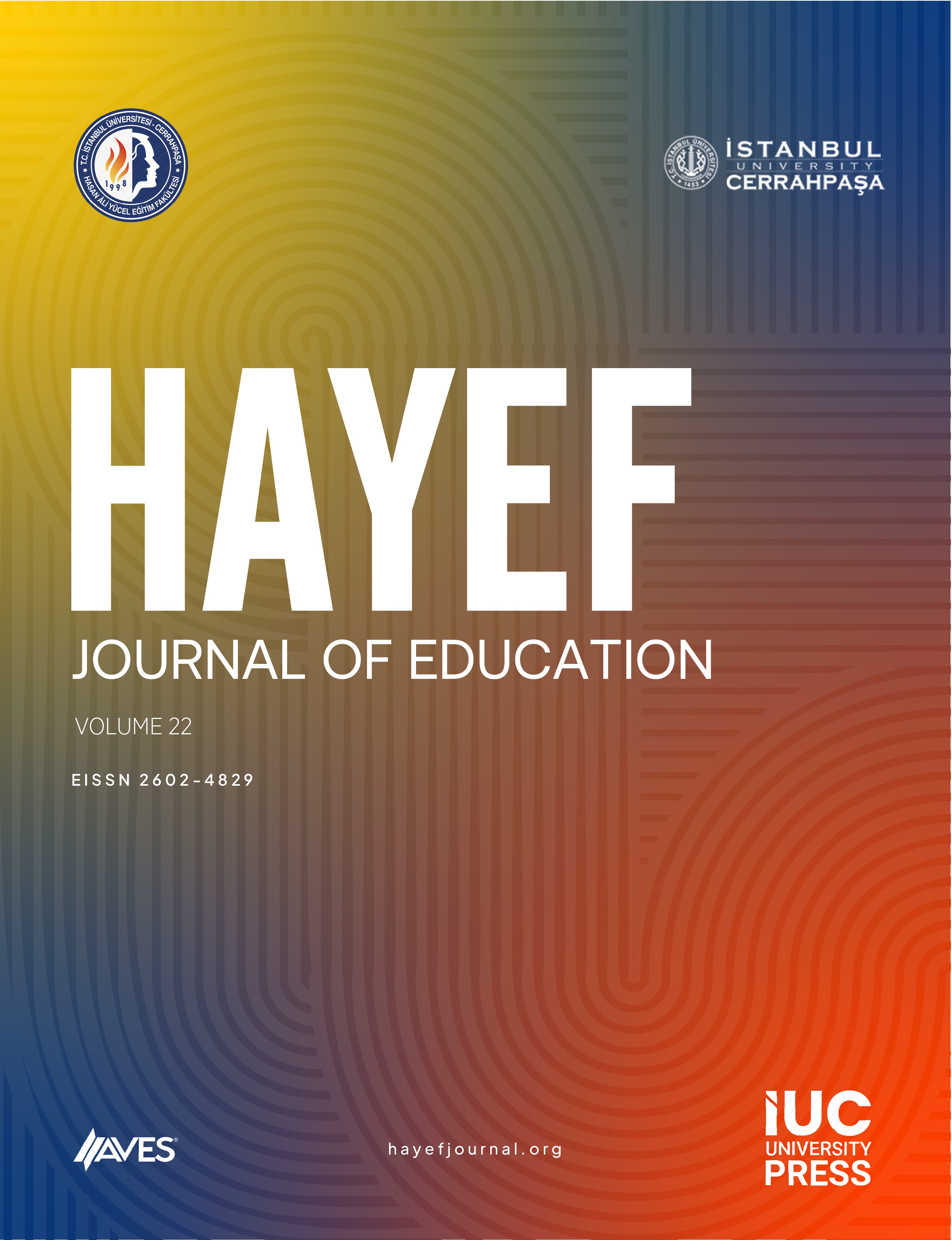The purpose of this study was to develop a reading styles scale for students in grades 2, 3, and 4 of elementary school. The study utilized the quantitative research method of survey. The study sample consisted of 510 students in grades 2, 3, and 4 from two districts of a city in the Western Black Sea region. Data collection tools included a personal information form, the reading styles scale, and the attitude toward reading scale. The factor structure of the reading styles scale was determined by using tetrachoric correlation analysis in the Factor 10.10.3 program (Lorenzo-Seva & Ferrando, 2006). As a result, a Reading Styles Scale consisting of 18 items and 4 factors was developed. The relationship between the reading styles of elementary school students, their gender and grade level was determined by using the independent samples t-test, analysis of variance, and Tukey’s tests in Statistical Package for the Social Sciences Statistics, version 20. It was found that male students in elementary school prefer the kinesthetic reading style more than female students; grade 2 students prefer tactile and kinesthetic reading styles more than grade 3 and 4 students, and grade 4 students prefer the auditory reading style more than grade 2 students.
Cite this artcle as: Çilesiz, Ö. & Özdemir, O. (2023). Development of the reading styles scale and the identfcaton of elementary students’ reading styles. HAYEF: Journal of Educaton, 20(3), 273-278.



